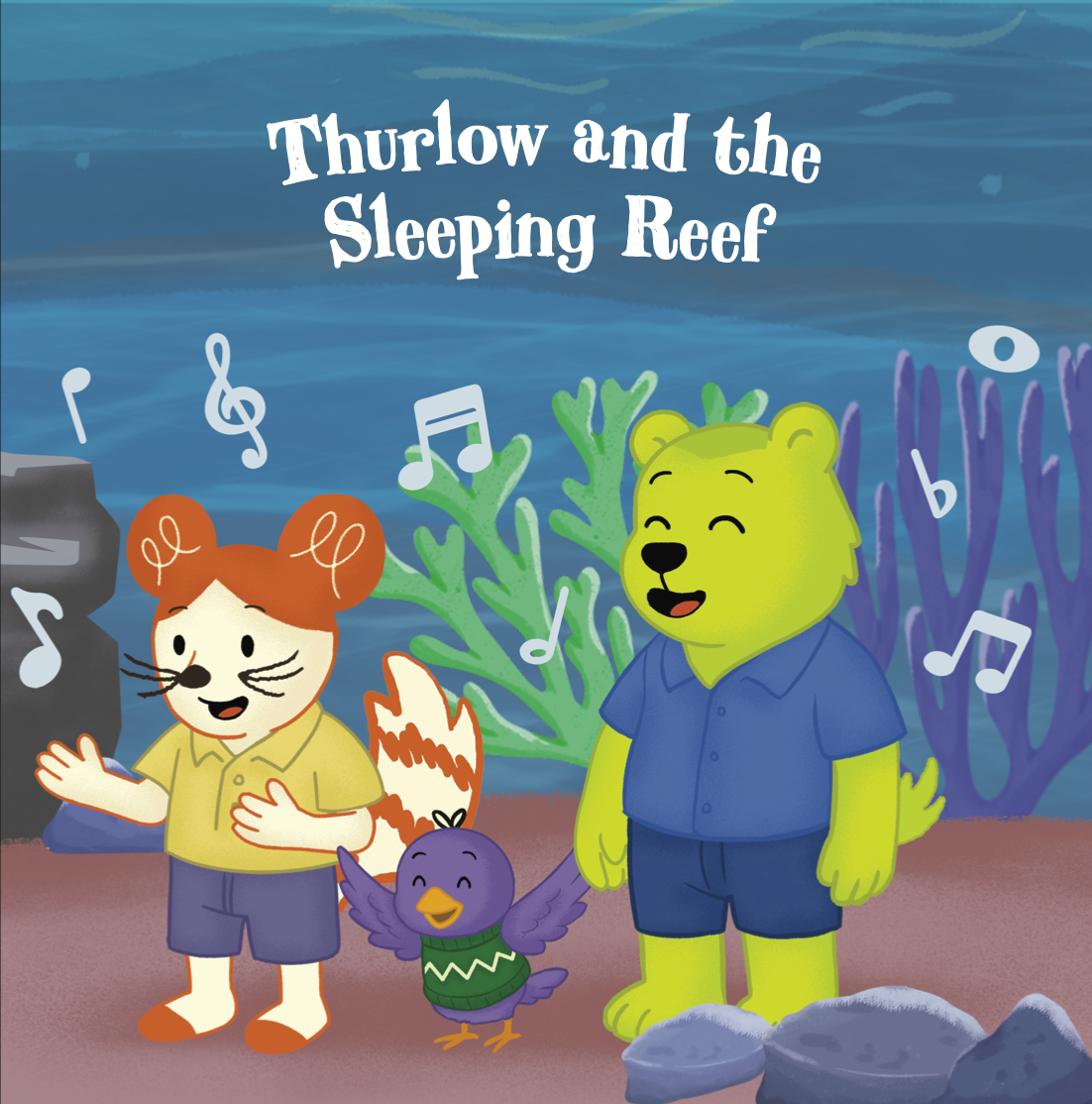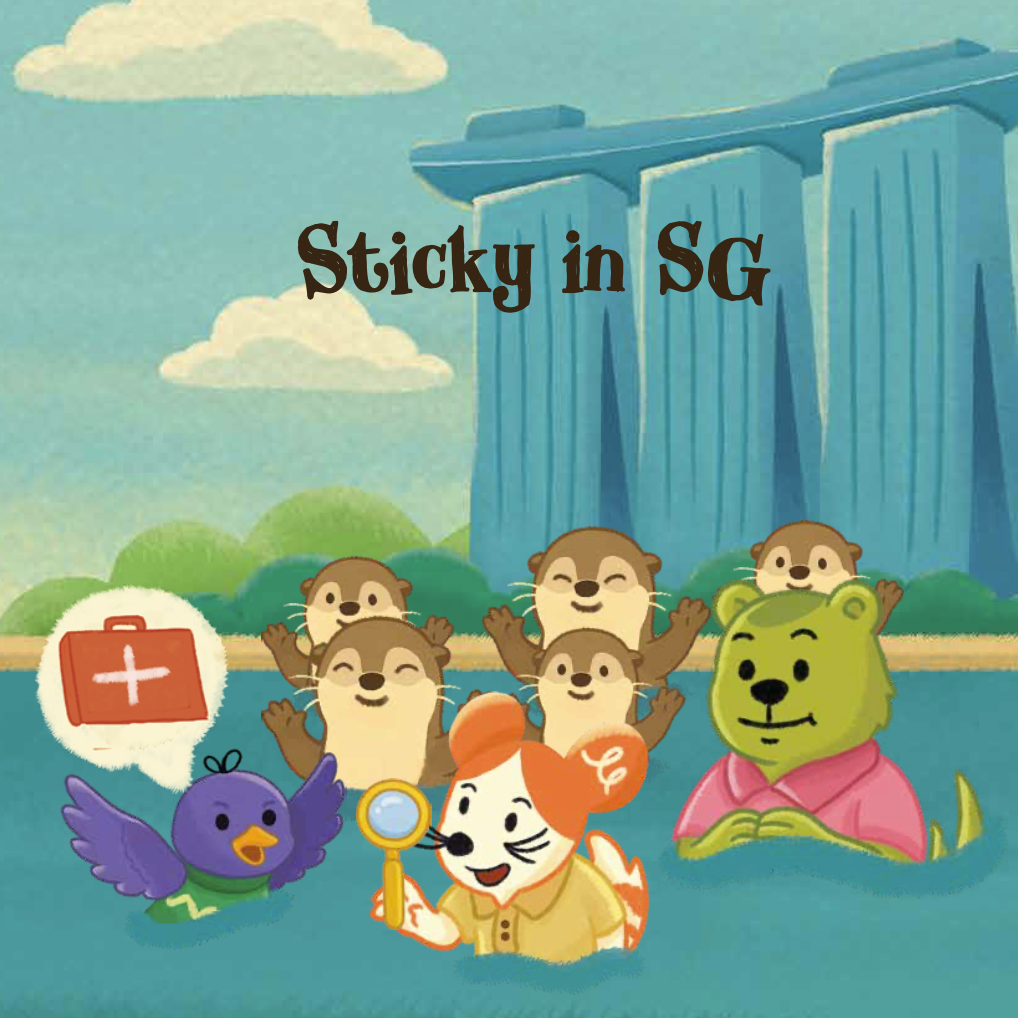Programme Overview
Curion Sprouts K1 isn’t just about surface-level language acquisition, like pronunciation or simple words. We build the thinking architecture that supports language: pattern recognition, descriptive thinking, curiosity, and idea linking.
Children receive one new storybook every lesson. In each story, children must solve a language puzzle. Every book ends on a suspenseful cliffhanger, keeping students excited to learn more.



Each week’s storybook is accompanied by a detailed lesson plan, such as the one below:
Habitats in the Ocean
Focus Skill
Recognising digraphs /th/ and /ck/, using “and” to join actions, spelling High-Frequency Words (HFWs)
Children work in teams to read words, match pictures, and build words using magnetic letters and digraphs.
Learning Outcome
Builds decoding fluency, visual matching, and phoneme awareness in a playful, collaborative format.
Learning Outcome
Builds visual imagination and word-colour association while reinforcing HFWs like me, no, he, she, like, here, are.
Learning Outcome
Sharpens phonics recognition through a fun, self-directed decoding challenge.
Students learn how to join actions using “and” (e.g., jump and clap) in a Simon Says game, then apply the concept in writing.
Learning Outcome
Reinforces sentence-building through embodied learning: connecting grammar with real-world motion.
Children place hands or feet on the correct colour/shape when a teacher calls out a digraph word or HFW.
Learning Outcome
Reinforces word recognition and recall in a tactile, full-body format.
Our K1 programme is designed to provide the necessary foundations for more advanced concepts in K2. This is set up so that K2 students will be confident and ready taking the leap to Primary 1.
Learning letter sounds and simple words like cat, shop, duck
Reading challenging words like invisible, creature, adventure in full sentences
Saying short sentences like “The dog is big”
Using descriptive, connected sentences: “The creature was hiding because it felt scared”
Following simple stories and answering basic questions
Understanding complex story events and answering why, how, and what if questions clearly
Writing words and short phrases with guidance
Writing structured stories with full sentences, time words, and vivid vocabulary
Learning basic nouns and action words
Using expressive words like mysterious, frightened, glimmering to bring stories to life
Matching pictures, recognising simple patterns
Sequencing events, comparing ideas, and giving reasons using words like because, but, so